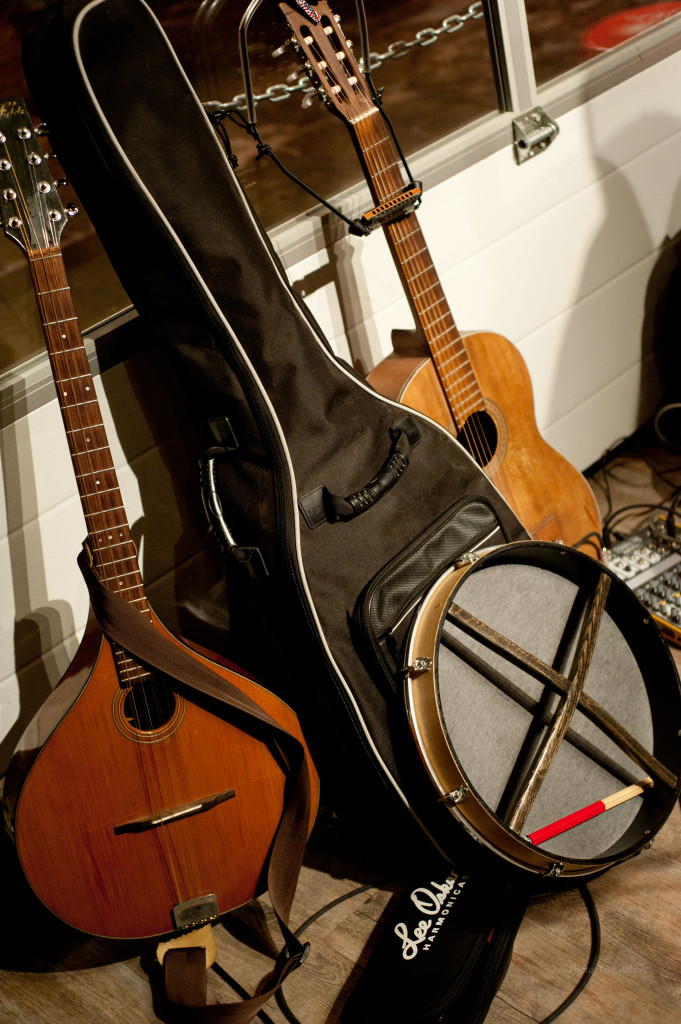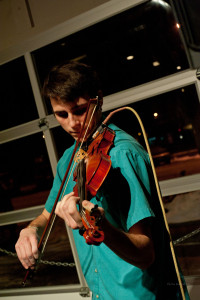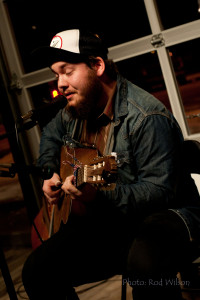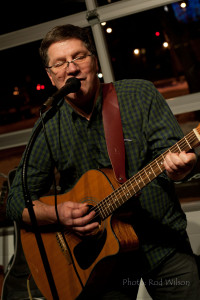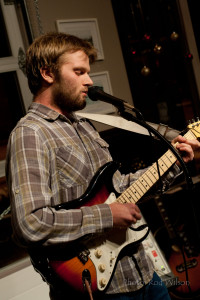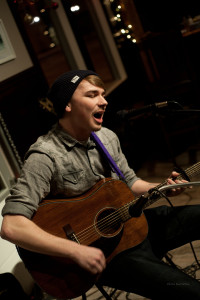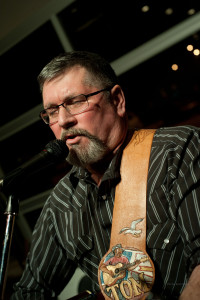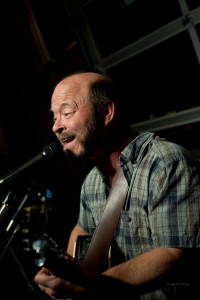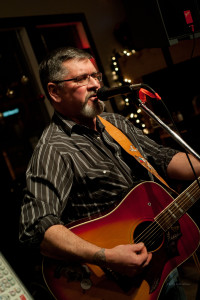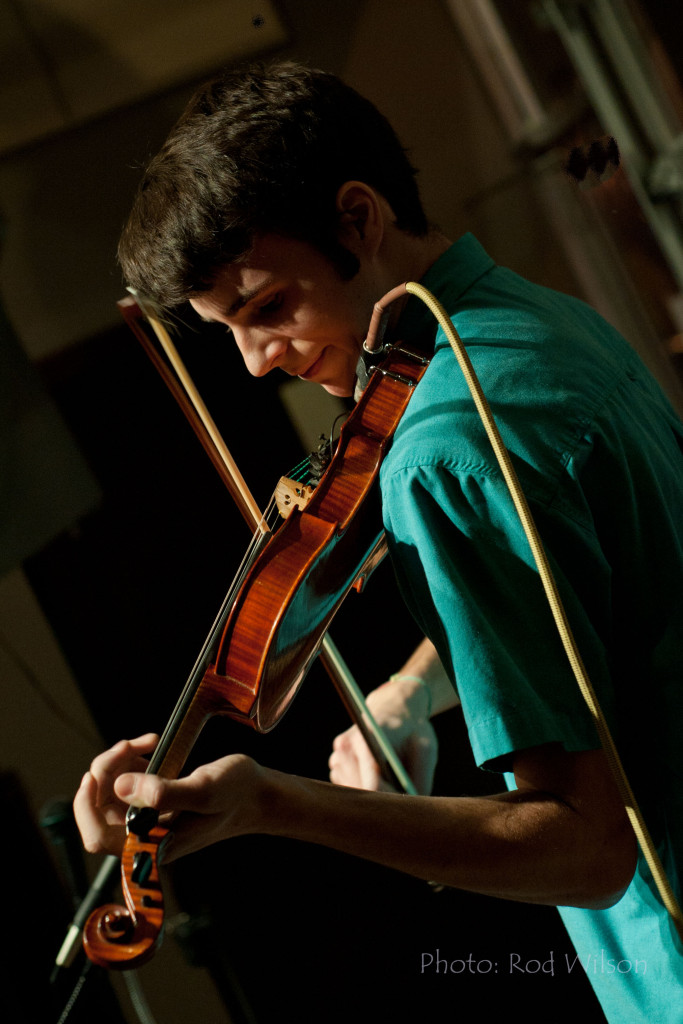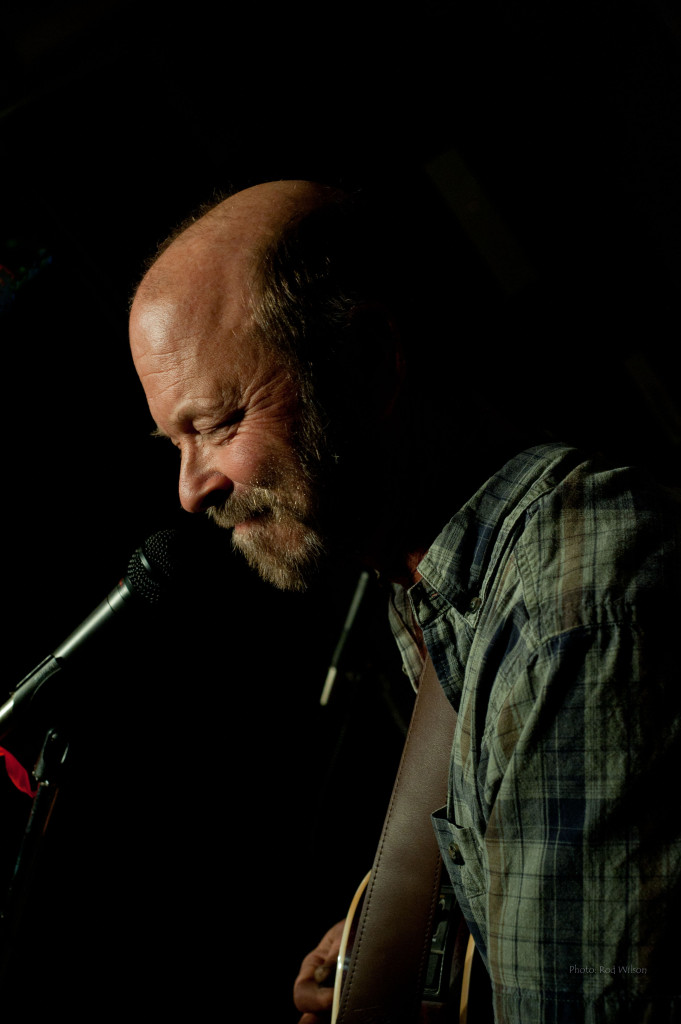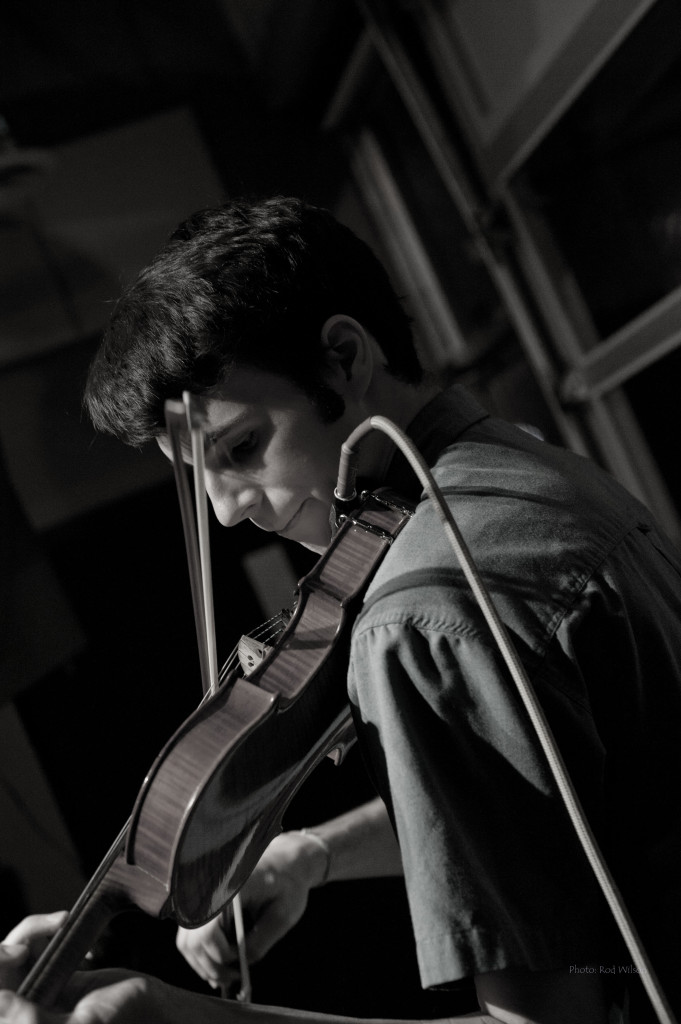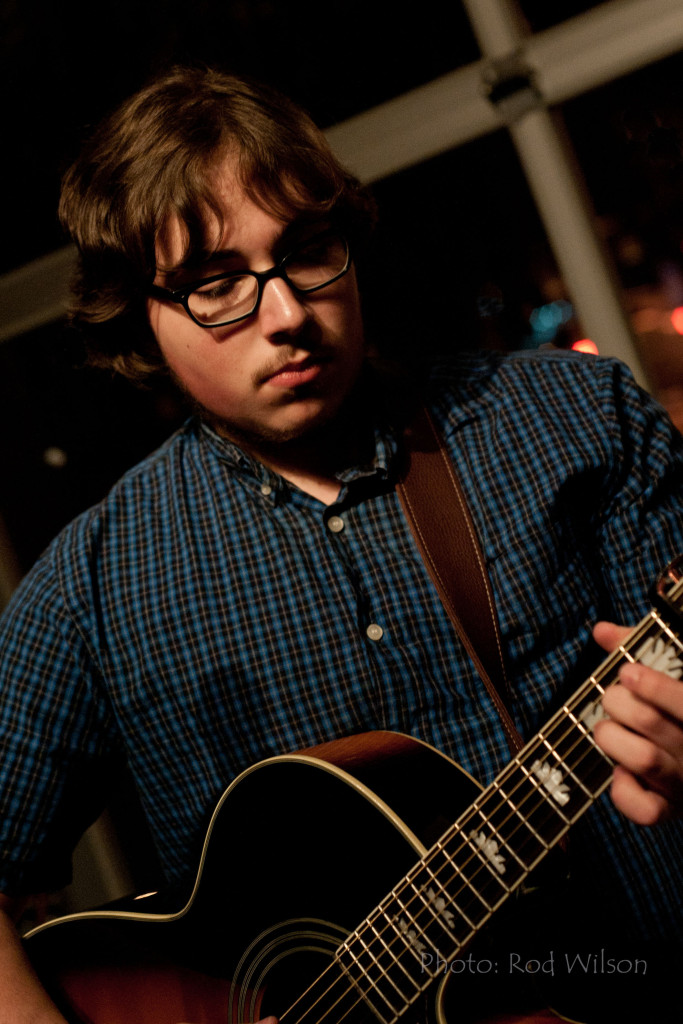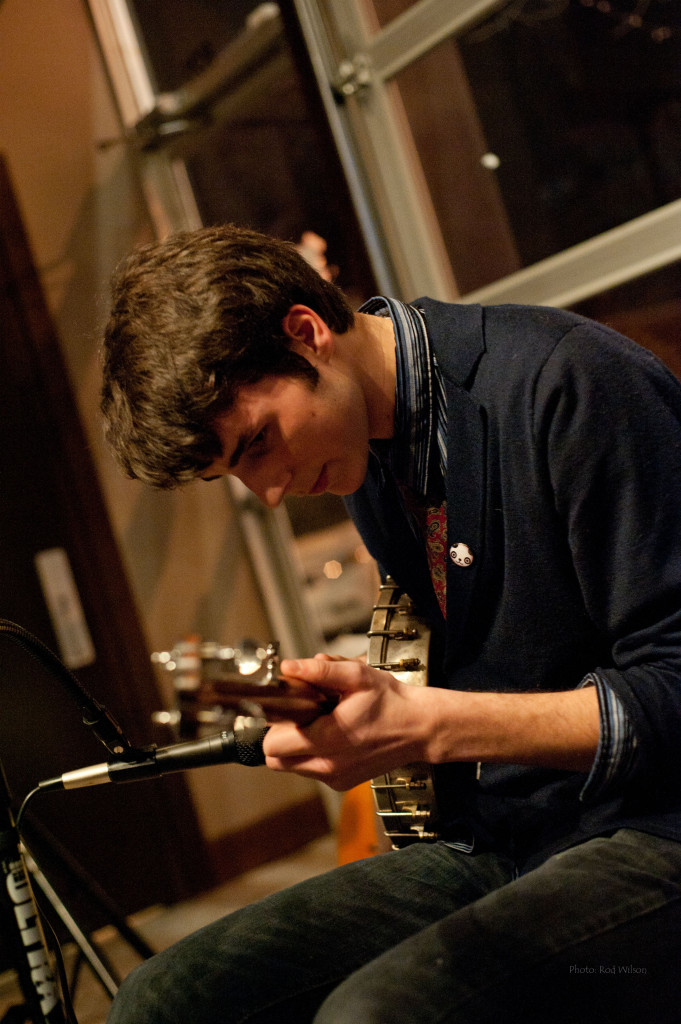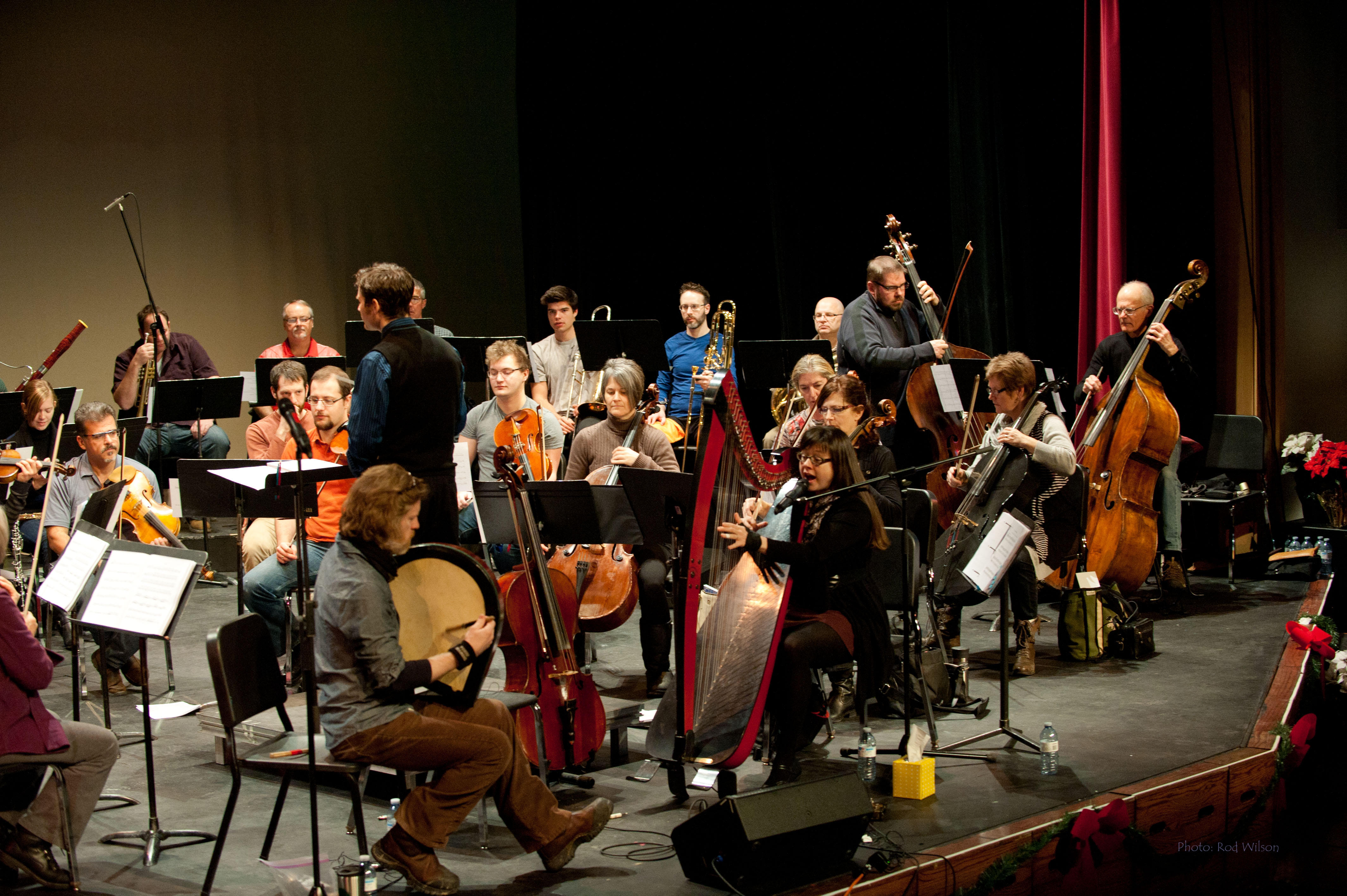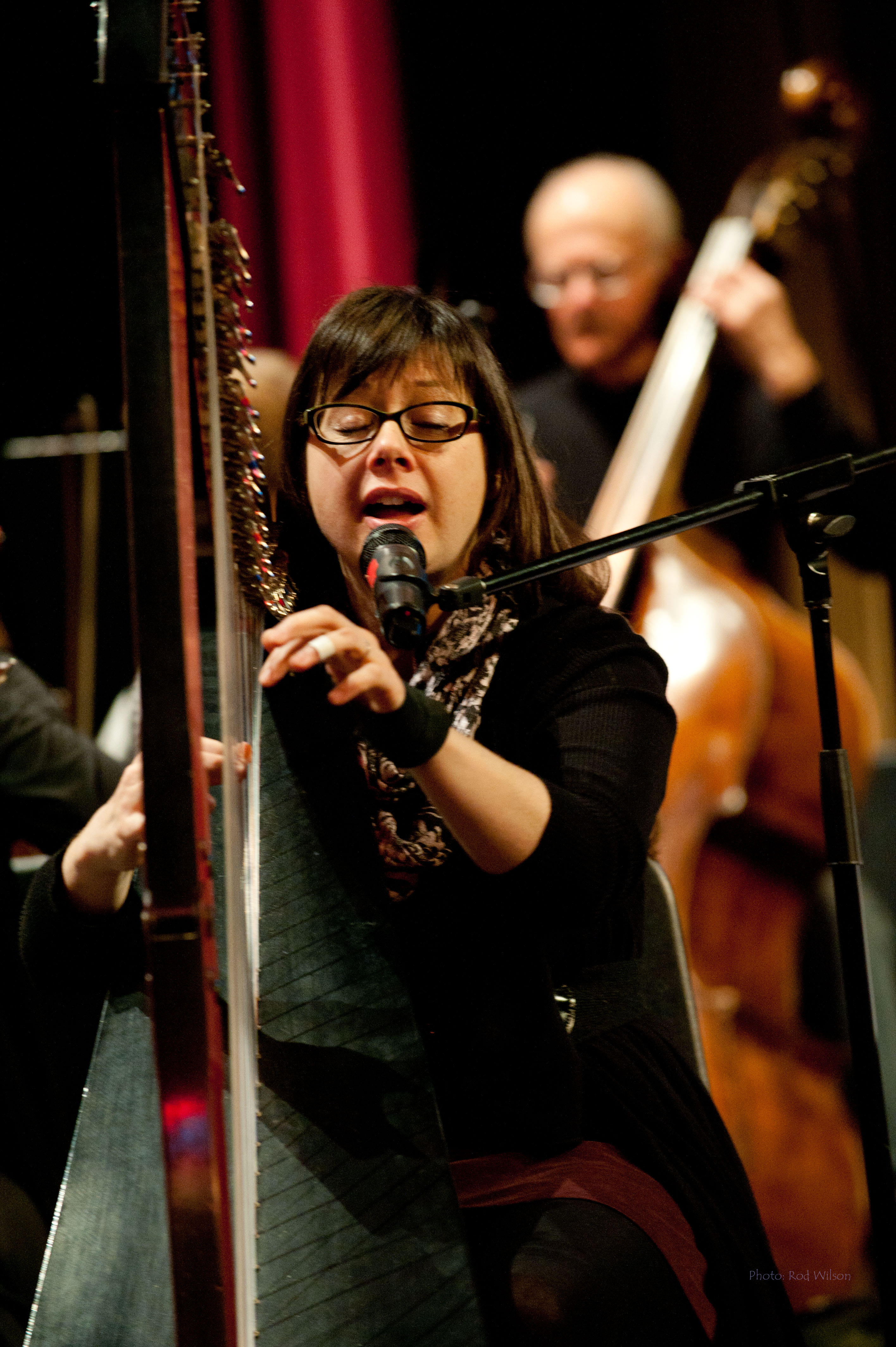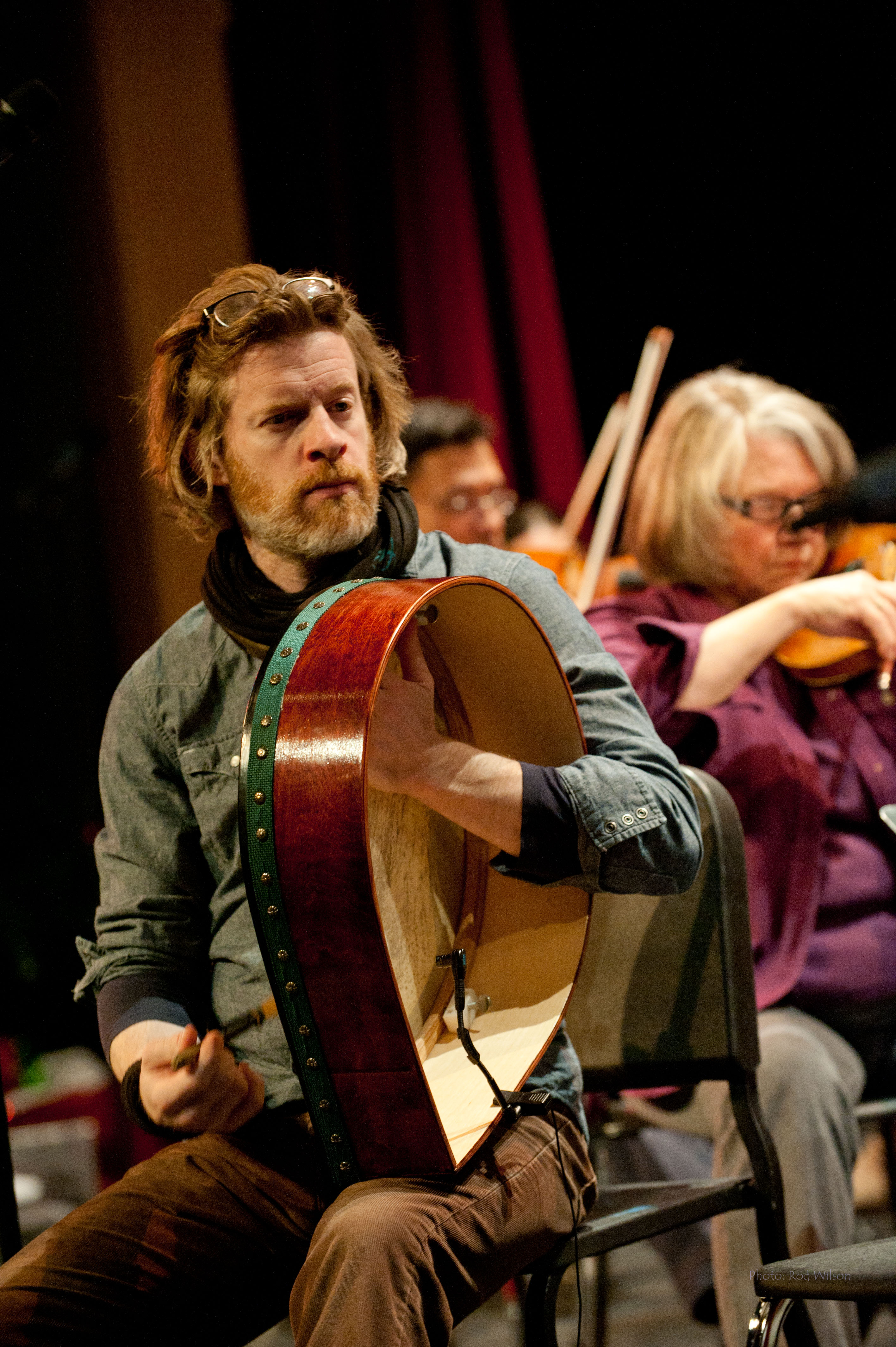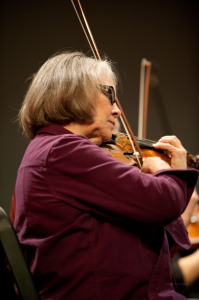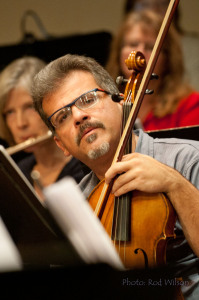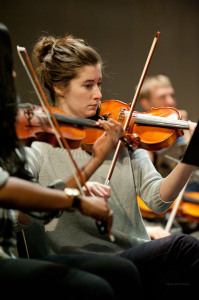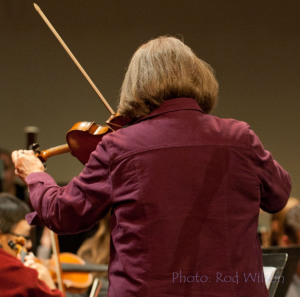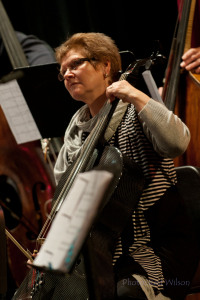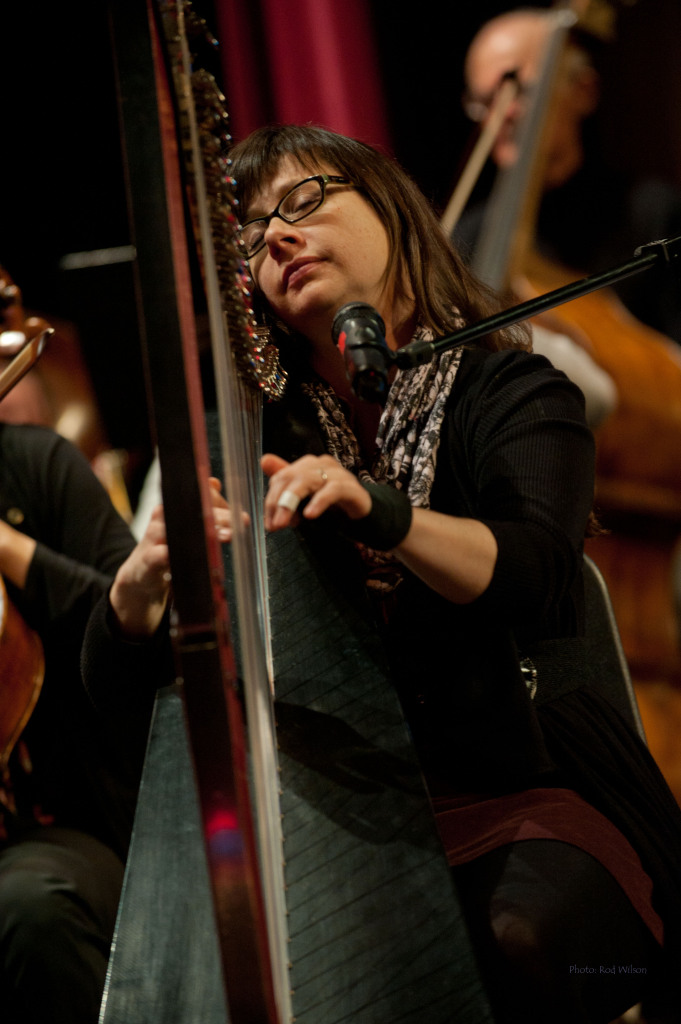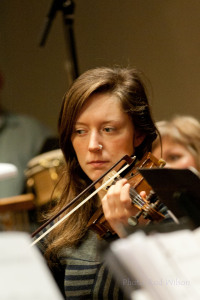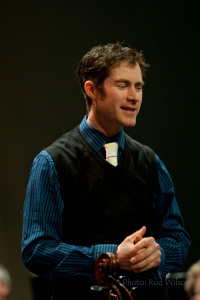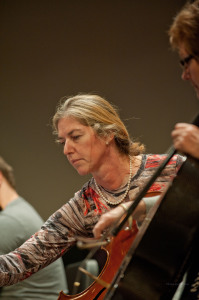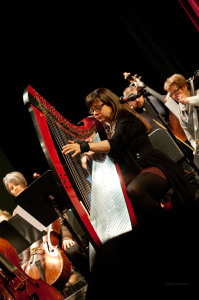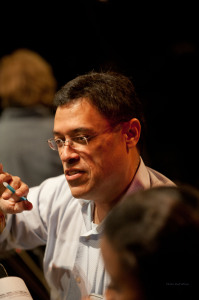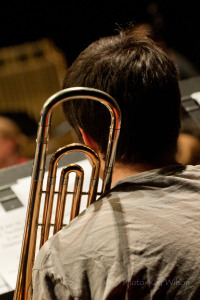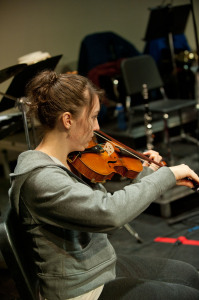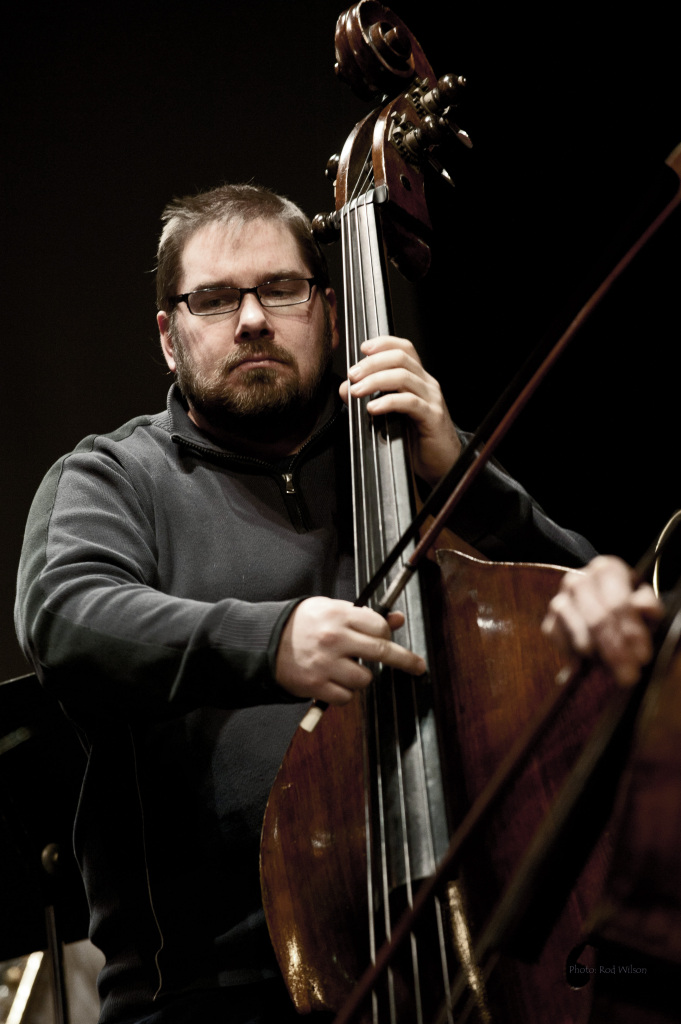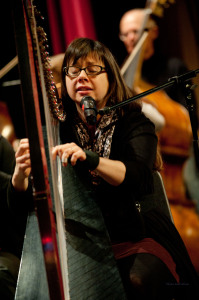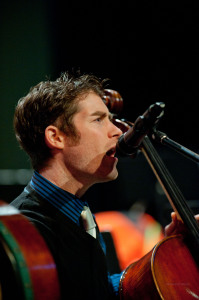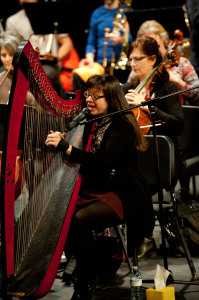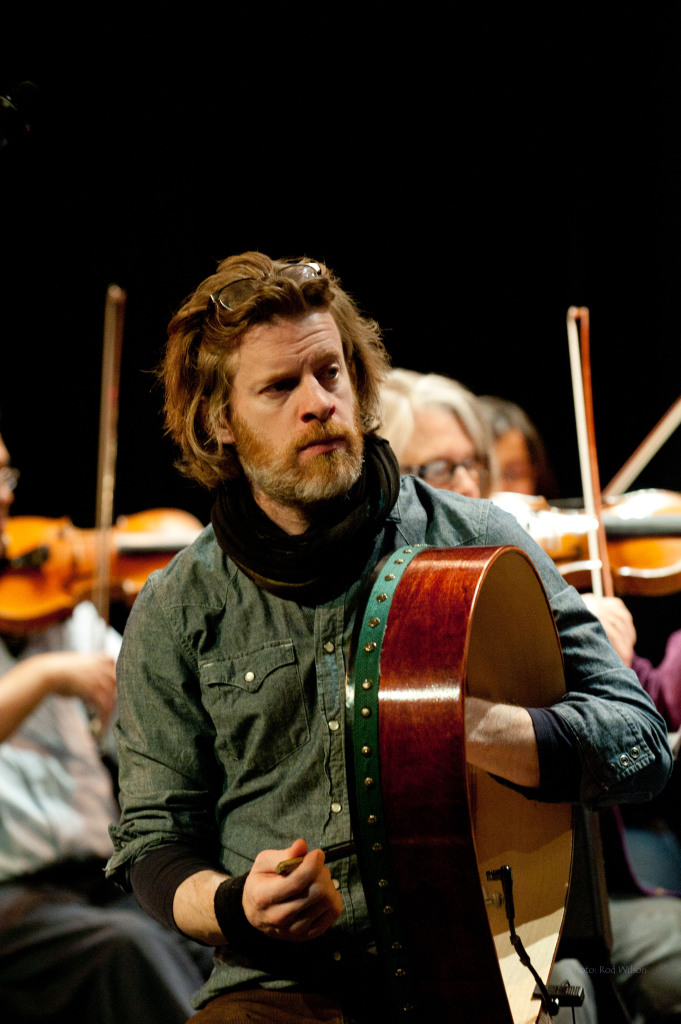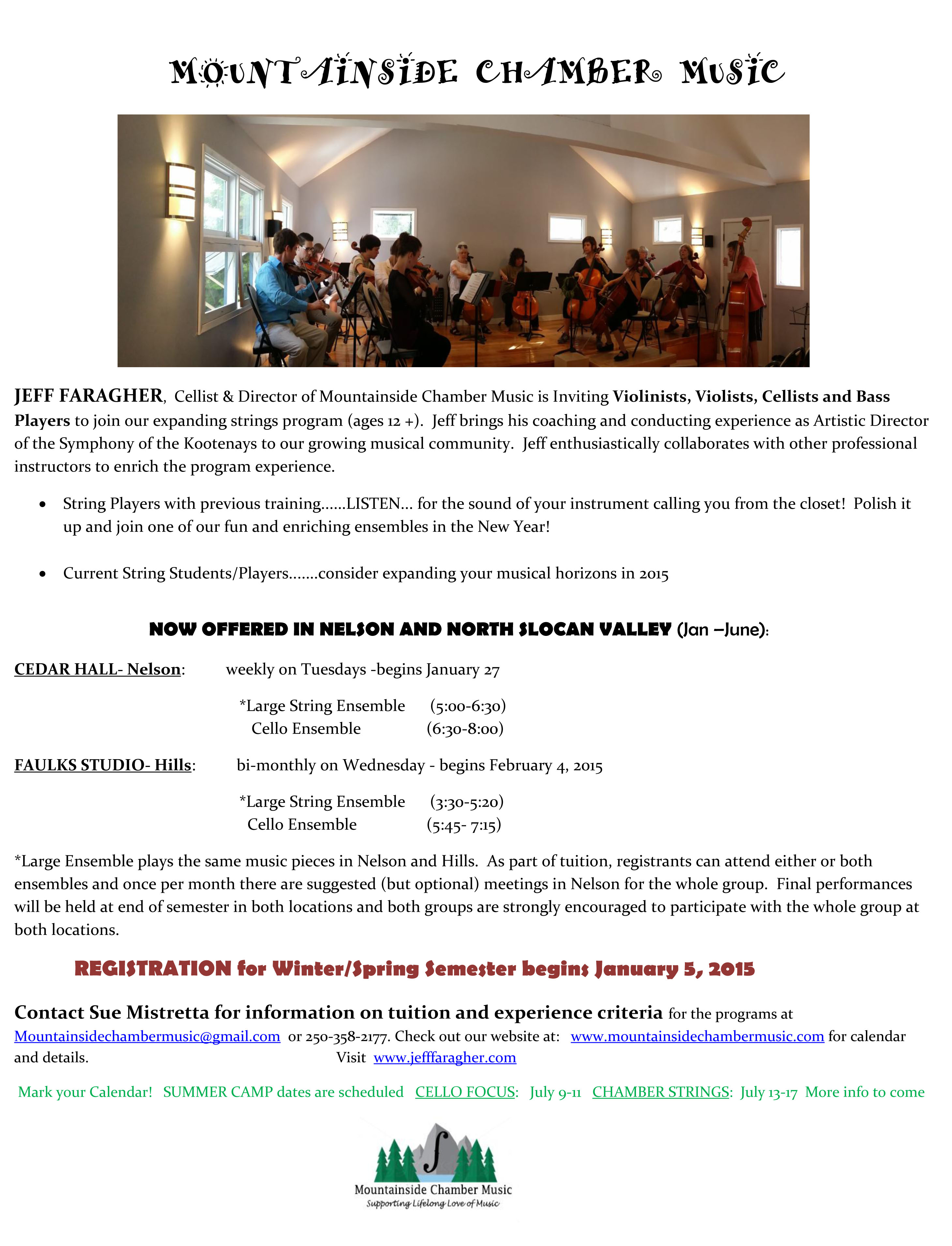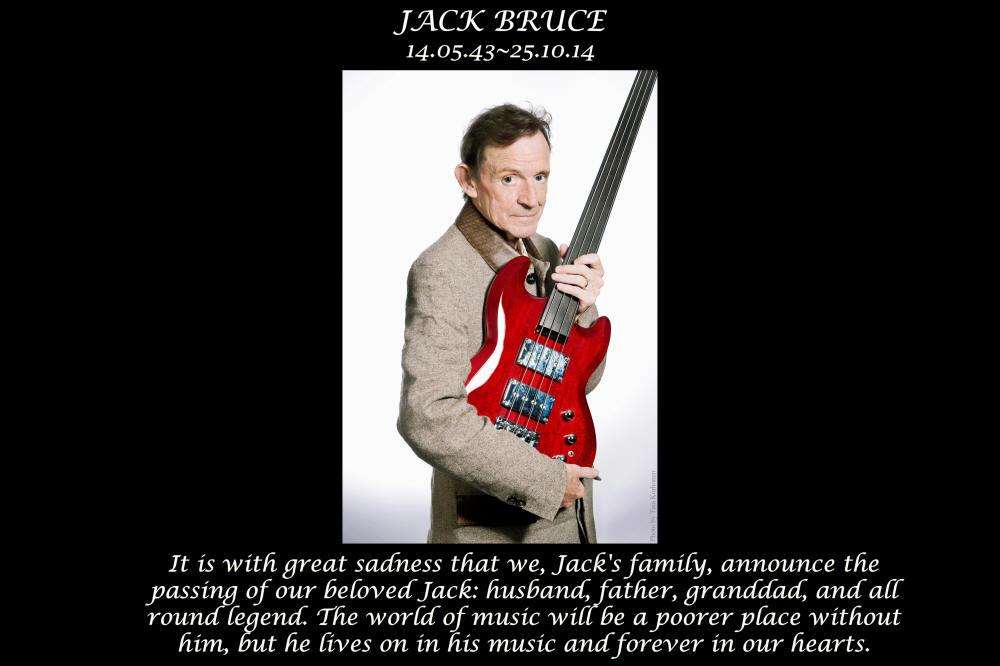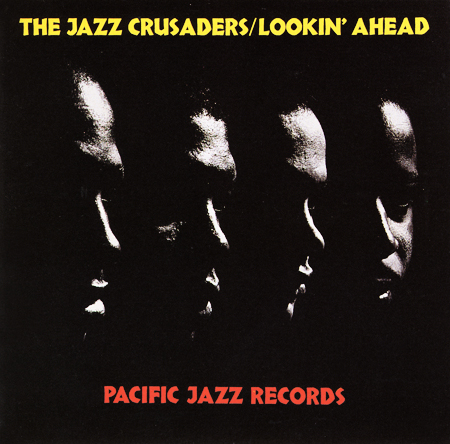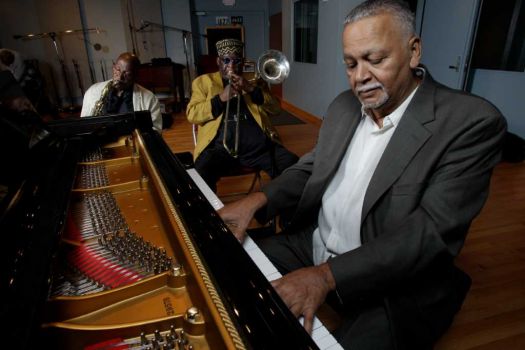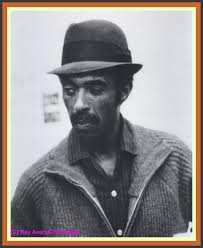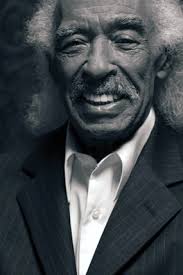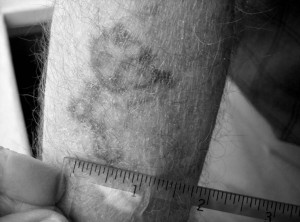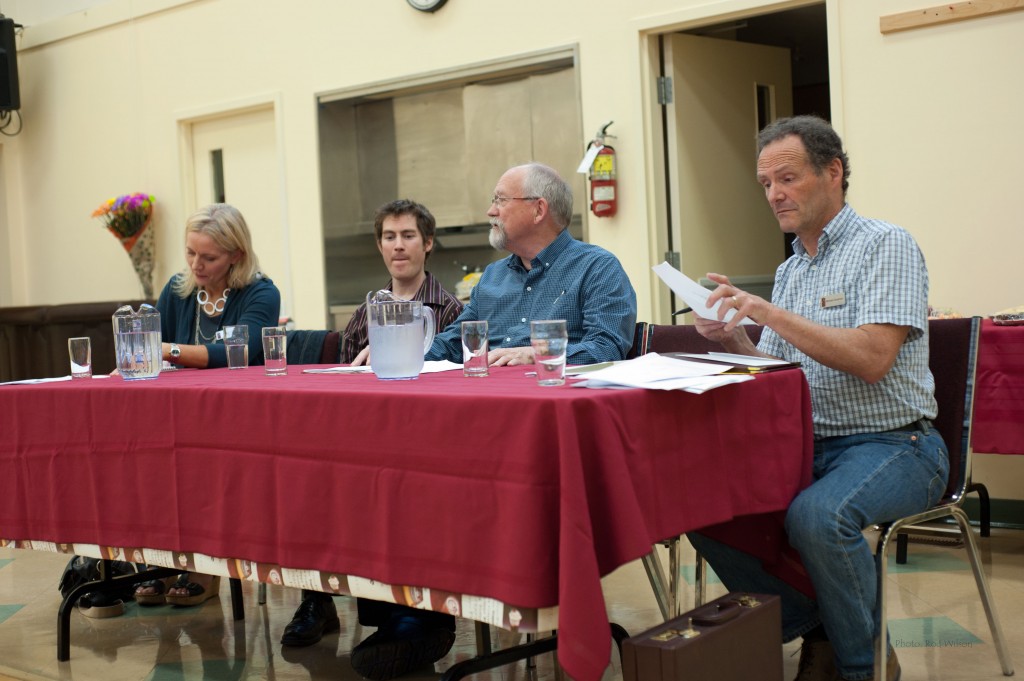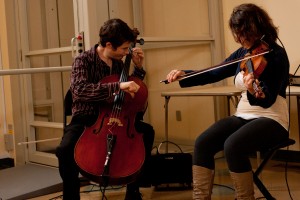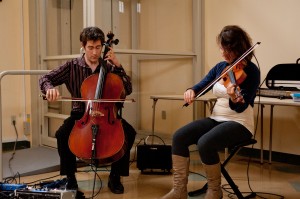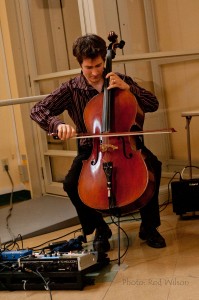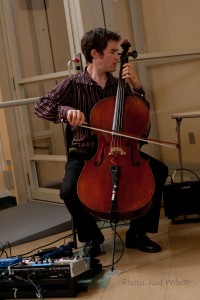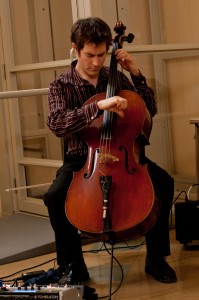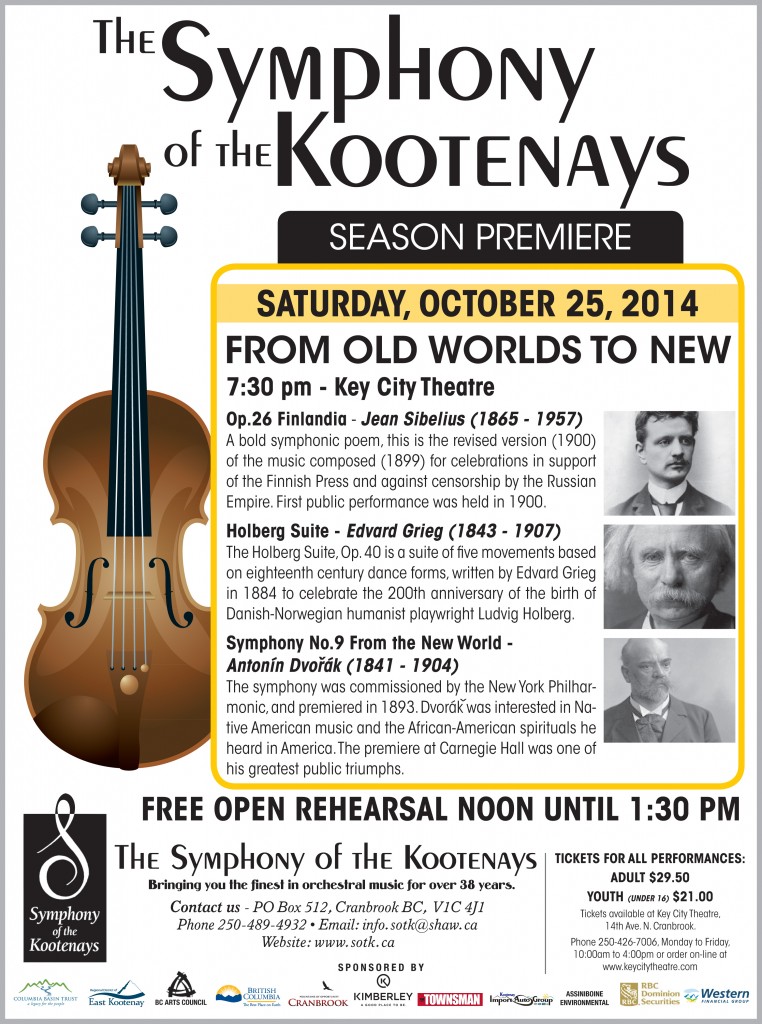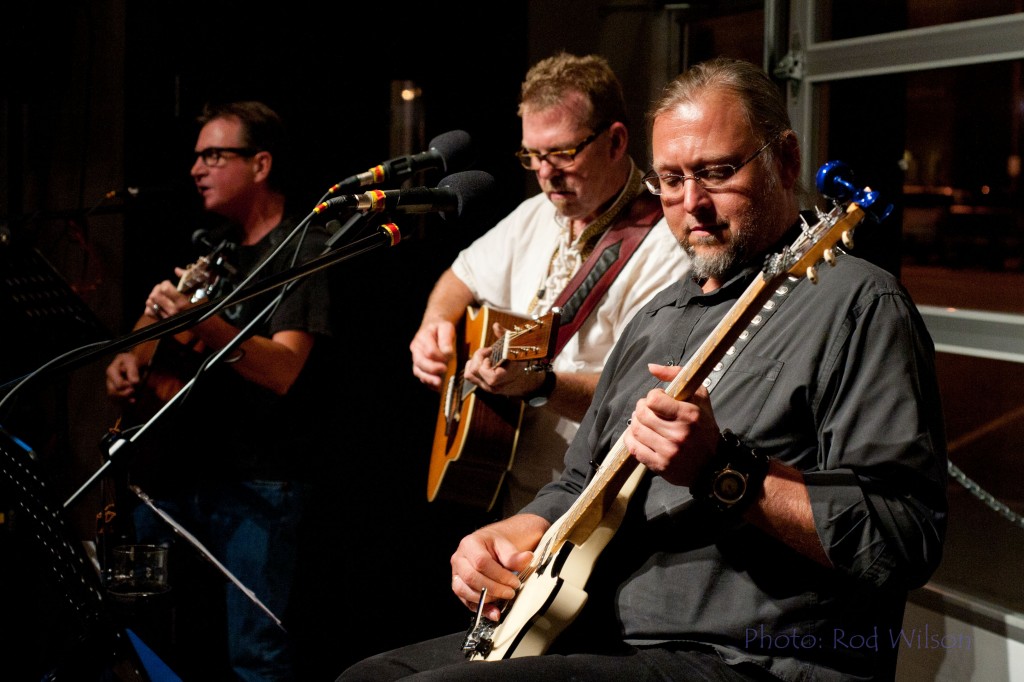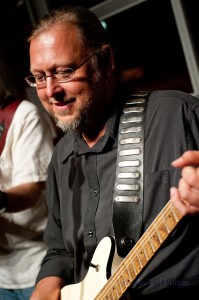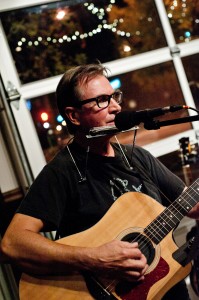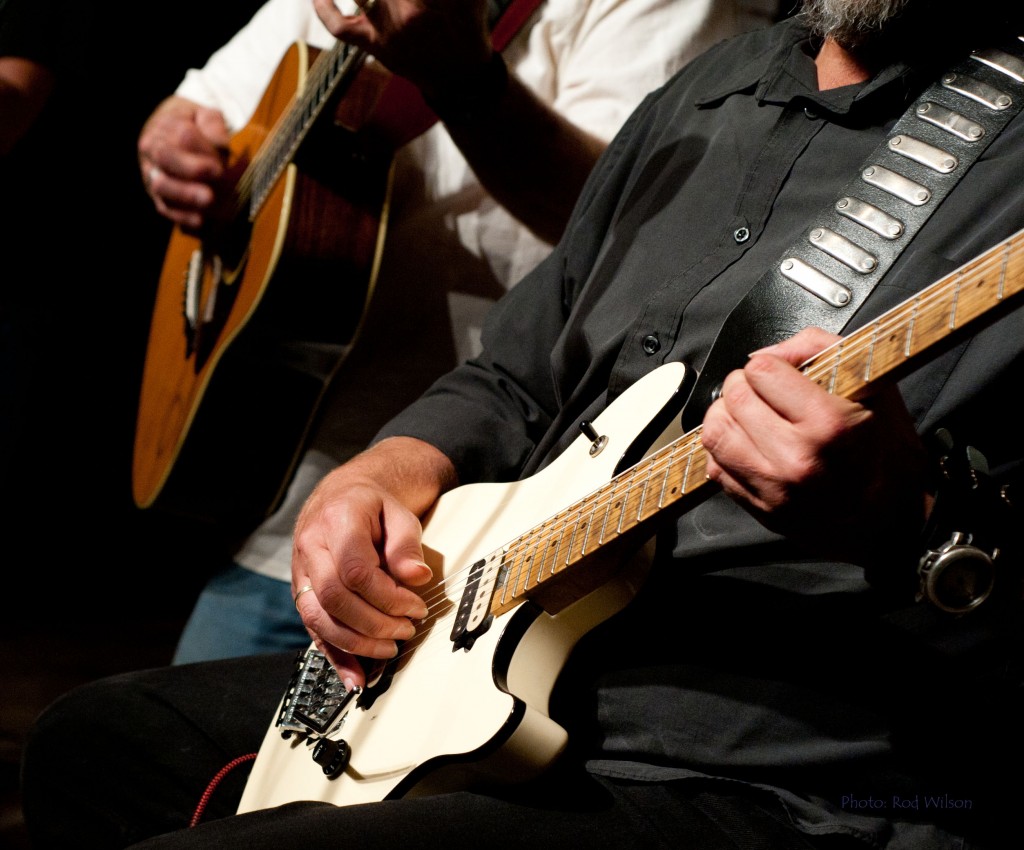BJW: “The home of the blues is ……….. of course Finland” and the attached link
(If I was Finnish why would I bother with hand me down blues interpretations)
BJW: .yeeeeah. I mean I get what you’re saying in terms of people doing the musical equivalent of dressing up in blackface. However, I don’t think anyone can see the world in strict terms of who “should” do particular varieties of music. All art is derivative. While I agree that I’m not too fond of people dressing themselves up in other cultures, you have to remember the old Clark Terry adage: Imitate, Assimilate, Innovate. Without the co-opting of jazz, we would not have the blues; without the co-opting of blues, we would not have rock. Without the co-opting of African drum / beat centric music, we would not have the drum/percussion centric drive behind rap. Without the co-opting of Irish / Celtic music, you would not have bluegrass. Every new generation of music steals from the old, as with all art. People steal it because it speaks to them, and then they make it their own.
In a global community, what does it mean to be a part of a “true cultural envelope”? The tribes are global. Examples:
- I went to a club in Korea on one of my last trips – one of the top electronic music clubs in the world. The part that was most interesting was that the musical and cultural touchstones were identical in Korea to the ones I’d seen in Germany (where much of electronic music started with the avant-garde minimalist electronic music of Kraftwerk), England (which perfected the “house” brand of electronic music popular in the 1990s), and even the raves in the US and Canada. Were these people outside their “true cultural envelope”? I’d argue they weren’t – it just so happened that their true “cultural envelope” spans continents and language.
- Yesterday, while we were in the “Christmas in the park” in San Jose, there were a bunch of teenagers in cosplay – dressed up as characters from a cartoon. A cartoon from Japan.
- A buddy of mine was in India a while ago, in Goa. He went out to a bar with some of his Indian co-workers, and they were trading stories about where they grew up. When he mentioned Canada, they asked if he knew “Robin Sparkles” – a fictitious Canadian character on the American series “How I met your mother”, popular with a particular tribe of nerds. This is a show that isn’t even broadcast in India.
- On my last trip to Korea, I ended up at a bar in Gangnam. I was tired of Korean food, so I picked a German brewhaus. Picture it: I’m a Canadian, born in Australia, working for an American company, drinking an English beer, in the German-style beerhaus, in Seoul. Oh, and then I have a call after that beer to sync with my Armenian and Indian development teams.
I have another young friend at the moment who is into Nick Drake, who along with Michael Hedges, in my opinion are grossly over rated. Nick Drake wasn’t a success in his day simply because, in my mind, his music was uninteresting. So this young friend is busy trying to replicate Nick Drake’s recorded material. Once again, what’s the point. No matter how much time and effort he puts into the music it can never be as good (or as mediocre) as the original. He is not Nick Drake. I would encourage him to, by all means experiment, with the open C tunings etc but come up with something that is original and something that he can own. Which brings me back to the Finnish girl playing the blues …… What’s the point?
ps. Of course I disagree with your sentiments that the cultural envelope is irrelevant. It is the basic building block of who you are and no matter how much you try you can’t really escape it. It is baggage, for good or ill, that always goes with you.”
@@@@@@@@@@@@@@
Because it is my blog I have the last word. I really believe in that old Clark Terry adage (one of the great jazz trumpeter soloist of the past 60 years): Imitate, Assimilate, Innovate. The problem as I see it is that there is a lot of attempted imitation, some assimilation and not too much innovation. The current state of Rock is a case in point ….. has there been anything truly new since the days of “Classic Rock” ?

